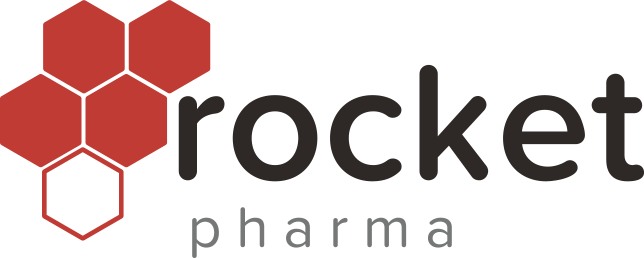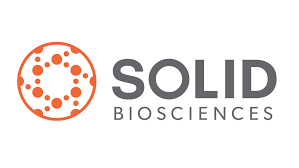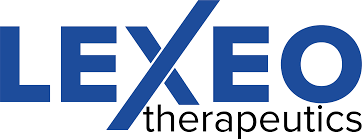 What is gene therapy and how might it be used for heart disease?
What is gene therapy and how might it be used for heart disease?
In the past few decades, through the efforts of dedicated researchers around the world and initiatives like the Human Genome Project, we have a much better understanding of how variations in our genes can cause or contribute to disease. Nearly 100 disease-associated genes have been identified for cardiomyopathies, and genetic testing is now recommended [by the American Heart Association and American College of Cardiology] for people with cardiomyopathy and their immediate family members. In cases where specific variations in genes have been identified as common causes for these conditions, the potential for gene therapy treatment is now on the horizon and excitement is brewing.
Gene therapy refers to a specific method of trying to correct a mutation by delivering a working gene to the cells where it can replace the function of the non-working, mutated gene. Because gene therapies are addressing the root cause of the disease, gene therapy may be able to stop the progression of the disease and possibly reverse some of the damage already done. Someday, gene therapy may even be able to prevent someone who has a disease-causing genetic mutation but does not yet have symptoms from ever developing the condition. All with a one-time treatment!
While still a very new approach to treating diseases, gene therapy has been proven safe and effective for conditions such as spinal muscular atrophy, a type of hemophilia and inherited eye disease, and certain cancers. Use of gene therapy to address genetic heart conditions, including Dilated Cardiomyopathy, is still in the early stages of development, but companies like Tenaya Therapeutics are working to make it a reality for people with heart disease.
Bringing the promise of gene therapy to life will take cooperation and collaboration between companies like Tenaya, the doctors and medical professionals who treat cardiomyopathies, advocacy organizations like the DCM Foundation and especially, the patients and their families striving for more effective treatments. By getting genetic testing and participating in disease registries and clinical trials, the promise of gene therapy can be realized. It may not be easy, and there is a lot of work ahead, but the road is open before us, and good things are on the horizon.







We have genetic dilated cardiomyopathy present in five members of our family, from 82 year old to a one year old. Pinning our hopes for the generation on research such as this. Keep up the good work!
Much like you, I have learned after my wife suffered several heart attacks on the same day at 53, she inherited a very rare LMNA gene causing her issues. Afterward, we learned our only son has inherited and many extended family members. Like you and many others, I have a great deal of faith in the very smart people working on various gene therapies will rise to the challenge to change the course of this disease. For example, our team at Stanford Universities shared details on a genetic medicine heading to human trials in the next 24 months specifically for LMNA cardiomyopathy. Medicine is moving VERY fast, but it never quite feels fast enough.
So, my work is keeping my family as healthy as possible to hopefully benefit from things done today that will become tomorrow’s cure.